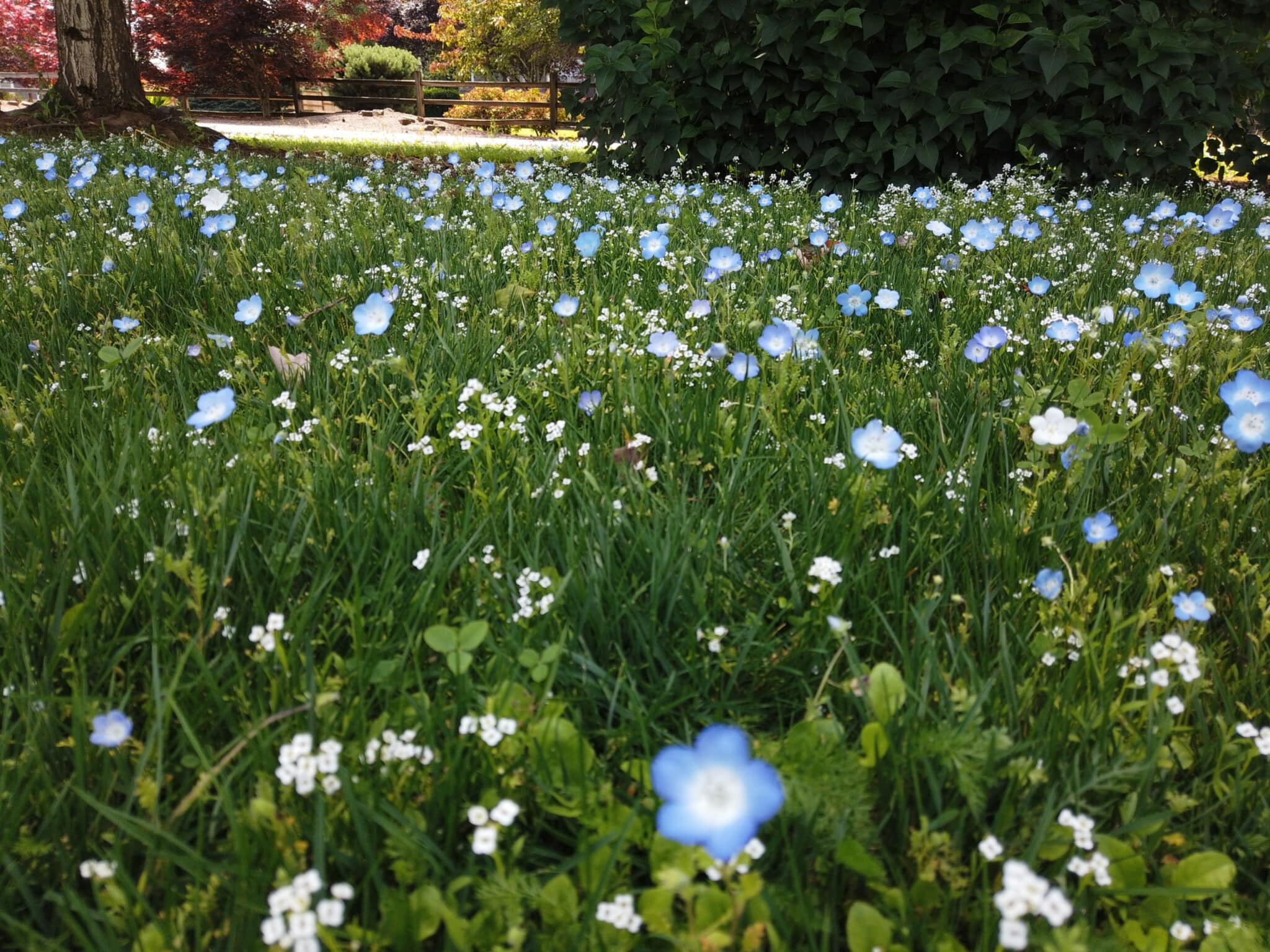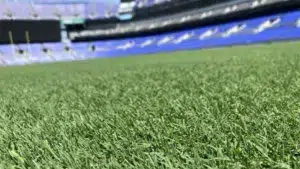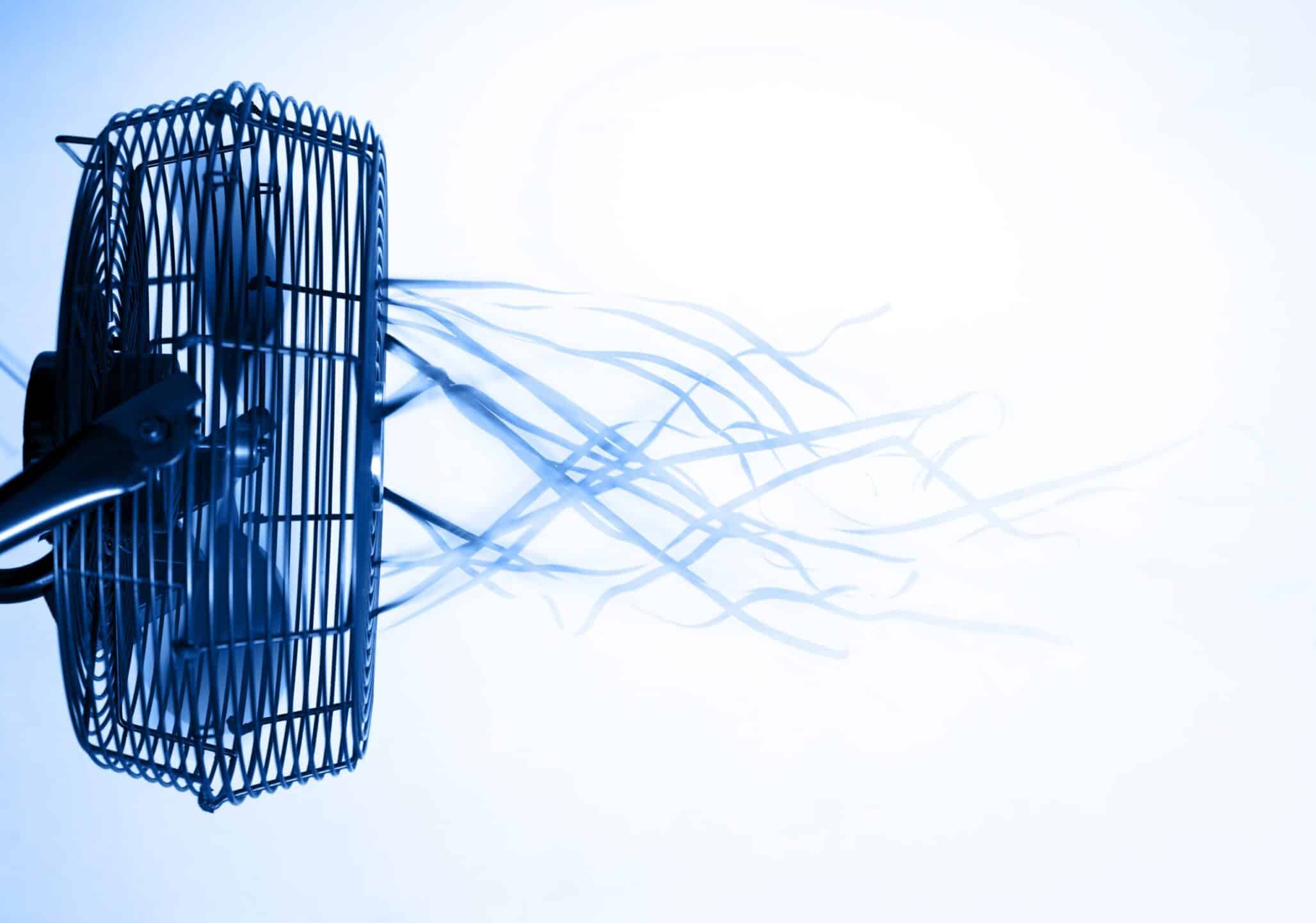Are native or grass lawns better for the general public? Seed companies give their opinion.
Who doesn’t love a well-manicured lawn? Whether it is to complement a home, sporting field or business, it can be challenging to achieve just the right look.
Most people think of grass lawns, but other options are turfgrass and native grass. Native grasses — of which there are many varieties — are both short, tall and mingle beautifully with native wildflowers in naturalized settings.
“Many lawns are from native grasses,” explains Shannon Cappellazzi, director of research at GO Seed, a Salem, Oregon-based company.
“Native needs context,” she says. “That is, native to where and even when. Nature is anything but static and just about anyone you ask will have a different interpretation as to what native means. When we consider native to where, there are vastly different ideas of how narrow the geography is. The spectrum can be as narrow as a three-mile radius and as large as a country. There is also a resurgence of ‘meadow’ type lawns, which include tiny clovers and other flowers alongside the improved turfgrasses.”
Environmental Benefits
Cappellazzi says the main benefit of native lawns is that the species has developed over time in a region within the natural ecosystem. Meaning, they are adapted to regional climate and soil.
“They can work in balance with other plants and organisms within that region with minimal potential risks to changes in the ecosystem’s balance and can provide pollinator habitat,” she says.
Conversely, grass lawn species have been developed for desired traits including resilience to weather, pests, disease, foot traffic and beauty. They are quicker to establish and may be safer for those with anaphylaxis risk — an allergic reaction that could be life threatening for some individuals.
Scott Rushe, forage market development manager at Seedway, says grass lawns can provide quicker erosion control, cooling of the atmosphere and ease of establishment over native type lawns.
“Turfgrass produces oxygen quicker than native grasses due to the density and rapid establishment,” says Rushe. “Turfgrass also helps filter water from runoff, provides excellent erosion control due to the extensive rooting. A native lawn is more drought-tolerant, lower maintenance and creates a wildlife habitat in open areas.”
Leah Brilman, director of product management and technical services at DLF Pickseed, says grasses and all plants remove CO2 from the atmosphere in photosynthesis and sequester it in other forms of carbon. The act of doing it is called sequestration.
“Annual plants tend to die, and the CO2 does not remain in the soil,” Brilman says. “Respiration of the plants and microbes in the soil release some back to atmosphere, but grasses have a net gain of carbon locked up in the soil and plant parts. We have less information on native grasses and most comes from old, undisturbed prairies. Both native and standard turfgrasses occur naturally in areas that have less water or drought cycles compared to wooded areas.”
Cost Differences
When it comes to the cost difference between having a grass lawn and a native lawn, Rushe says the initial investment would be for the establishment of native species versus a cool/warm season lawn that would be a seed at a lower cost.
“Once mature, the native lawn will be more economical to maintain over a turfgrass lawn since the inputs and maintenance will be much less.”
Brilman says grass lawns do not necessarily require more input if you correctly select species and new genetics.
“A dense turf often requires more fertilizer and adequate water,” she says. “Native lawns do not typically have the density of standard turfgrass species and may not tolerate mowing as well. Mowing helps with uniformity and reduces places where ticks and other pests can occur. Wear tolerance is greater in improved turf species for sports, dogs and children, for example. Holes in the canopy for either may require some type of herbicide to control weeds.”
It also depends where one lives, the species used, the availability of seed, seeding rate and management regiment of the lawn.
“Some areas are very well-adapted to growing grass and need minimal management,” explains Cappellazzi. “In regions where few grasses grow, it takes more time and resources to maintain grass. This applies to both improved grass and native lawns.”

City Benefits
There are numerous benefits that grass can bring to a city. However, which type of grass is better for society in general?
Rushe says it’s important to select grasses that require less water and fertilizer. In addition, keep a thick canopy of grass to reduce weed emergence.
Brilman says turfgrass is effective in cooling the environment, lessening heat island effect and cleaning water that falls.
“Turfgrass also prevents wind and water erosion, sequesters CO2 and provides green areas that are psychologically better for people, along with areas that children and sports can be played,” Brilman says. “Turfgrass creates a better environment for people. There is also a reduction in fire danger by providing a green defensible space around homes.”
Cappellazzi adds that a native lawn with a diverse blend can perform these same functions.
“Replacing a lawn with rocks or wood chips can help reduce erosion and decrease your water use, but it will not build soil carbon or foster a functional microbial community that enhances the water and carbon cycles.”
When it comes to making a lawn eco-friendlier, Brilman says the best way to do this includes a reduction in fertilizer, herbicides, fungicides and water by using improved cultivars such as A-LIST (Alliance for Low Input Sustainable Turf) cultivars.
“Lower growing cultivars require less mowing. Use electric lawn mowers for less emissions.”
Cappellazzi says one of the best ways to make a lawn eco-friendlier includes planting species and varieties that are regionally adapted.
“This reduces the management and inputs required to maintain its health and attractiveness. Mow at higher canopy levels (i.e., 4 inches vs. 2 inches or less). According to the EPA, lawnmowers contribute 5% of pollution in the U.S. Leaving your grass clippings in place also increases the potential of your lawn to increase soil carbon.”
Another way to increase diversity in lawns is by including clovers or flowers that serve as pollinator habitat.
“Allowing clovers to grow can also reduce your need for nitrogen fertilizers, which further reduces energy use and the potential for nutrient pollution,” Cappellazzi says.
Societal Benefits
There is also the issue of knowing where grass lawns and native lawns work better.
“A grass lawn can be more aesthetically pleasing to most people, such as suburbs, parks, and manicured settings,” says Rushe. “However, more upkeep, fertilizer and possibly water is needed to maintain a healthy turfgrass lawn.
In outlying areas, a native lawn might be the better choice.
“They may not be as aesthetically pleasing due to not being a dark green color,” he adds. “Also, native grasses are difficult to establish, and the initial cost of the seed or plant are higher.”
Brilman says grass lawns work better for parks and home lawns where they will be used for families or dogs, sports fields and golf courses — except for out-of-play areas. The con of this type of lawn is educating homeowners to responsibly water their lawn and moderating how much fertilizer is used.
“Native lawns work best in landscapes with no need for people or dogs to regularly go through,” she explains. “Many, if they go dormant in summer, will not regreen until fall even with rainfall or water supplied. It’s also difficult to remove weeds, which can add to fire danger if not controlled or contaminate areas with invasive species such as thistles.”
Cappellazzi recommends selecting the species best suited to their environment — regardless of whether that is considered native or improved varieties. Grass species grow in almost every region.
“If you are in a warm humid or a hot dry region, it makes sense to select grass seed varieties that are suited to that. Some native species require longer periods to establish and can lack an appealing texture or not match the traditional idea of what a lawn should look like. Sometimes, to meet our ecological ideals, we need to adjust our idea of a beautiful lawn.”
If You Liked This…
Post-wildfire Restoration is a Team Effort that Starts with Native Plants











